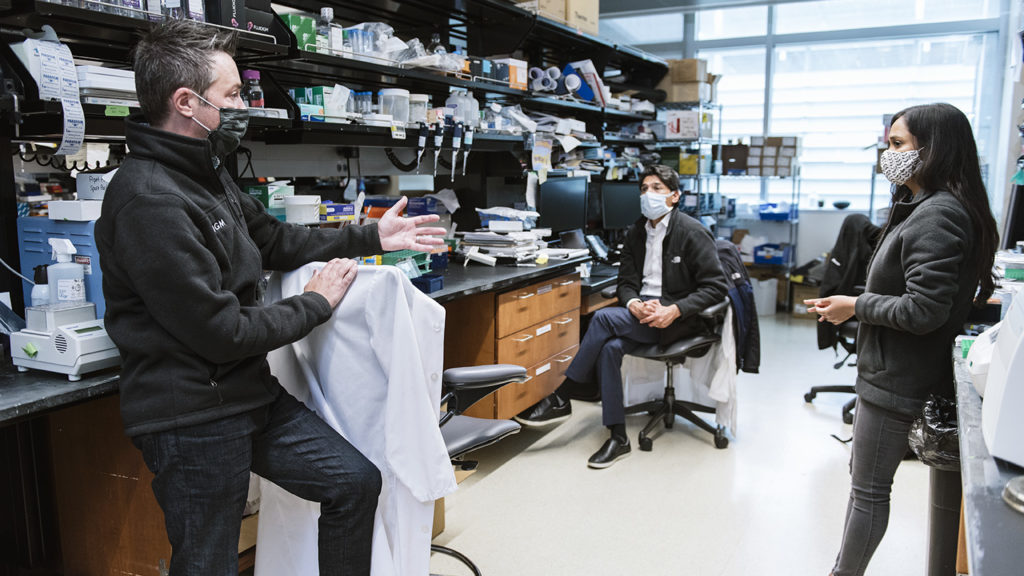An intricate balance of a complex mesh of genes determines the difference between normal development of the heart and congenital heart disease, a new study modeling TBX5 mutations in human heart muscle cells reveals.
Congenital heart disease, an umbrella term for a variety of heart defects ranging from asymptomatic structural anomalies to severe abnormalities that disrupt cardiac function, is linked to a few genetic mutations. One of the first genes implicated in congenital heart disease was TBX5, an evolutionarily conserved DNA-regulatory factor that controls the expression of scores of other genes.

In the new study titled, “Modeling Human TBX5 Haploinsufficiency Predicts Regulatory Networks for Congenital Heart Disease,” published in Developmental Cell, Bruneau and his colleagues used human cardiac muscle cells derived from genome-edited induced pluripotent stem cells (iPSCs) to study the effects of progressively reducing gene dosages of TBX5.
“This is really the first time we’ve been able to study this genetic mutation in a human context,” said Bruneau. “The mouse heart is a good proxy for the human heart, but it’s not exactly the same, so it’s important to be able to carry out these experiments in human cells.”
Mutations in one of the two alleles of Tbx5 is associated with Hot-Oram syndrome where patients often present with congenital heart disease (CHD) due to defects in the septum that separates the upper auricular and lower ventricular chambers of the heart, abnormalities in relaxation and filling of the heart (diastolic dysfunction), and abnormal heart rhythms.
The investigators in this study progressively reduced the gene dosage of Tbx5 by introducing mutations that prematurely terminated the decoding of the gene leading to a loss of its function. These mutations are similar to mutations found in patients with Hot-Oram syndrome but not identical.

“It makes sense that some are more affected than others, but this is the first experimental data in human cells to show that diversity,” said Bruneau.
Computational analysis of the RNA sequencing data reveals highly sensitive dysregulation of TBX5-dependent pathways in different sets of heart muscle cells. Some of these pathways regulate lineage decisions, heart development, heart muscle function, and congenital heart disease. Spatial mapping of TBX5-sensitive gene-expression shows a restriction to the chambers of the heart.
Computational analysis also shows that gene regulatory networks that regulate the stability of cardiac networks, including genetic hubs (nodes) linked to congenital heart disease, are sensitive to TBX5 gene dosage.
“We’ve not only provided a list of genes that are implicated in congenital heart disease, but we’ve offered context in terms of how those genes are connected,” said Irfan Kathiriya, MD, PhD, associate professor in the department of anesthesia and perioperative care at the University of California, San Francisco, and the first author of the study.
The authors validate a computationally predicted genetic interaction between TBX5 and another gene-regulatory protein, MEF2C. Mice harboring mutations in both genes show defects in the formation of the ventricular septum.
“Our new data reveal that the genes are really all part of one network—complex but singular—which needs to stay balanced during heart development,” said Bruneau. “That means if we can figure out a balancing factor that keeps this network functioning, we might be able to help prevent congenital heart defects.”


